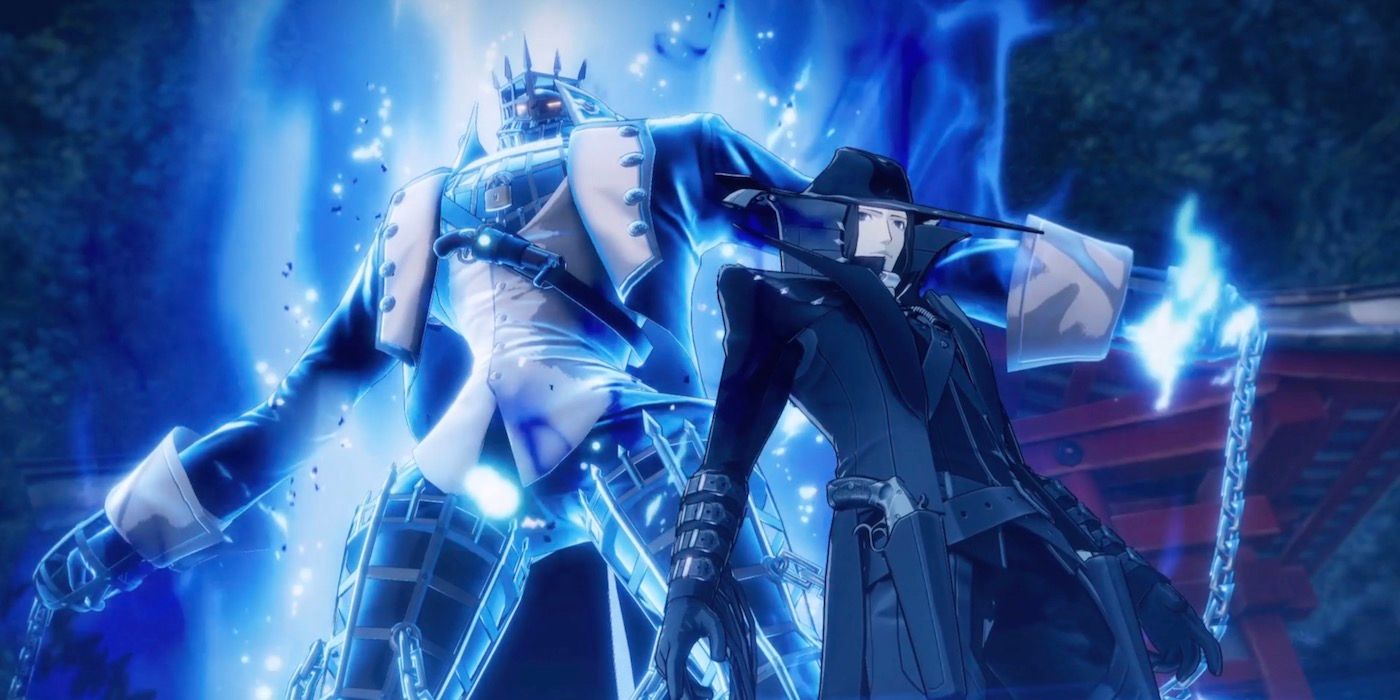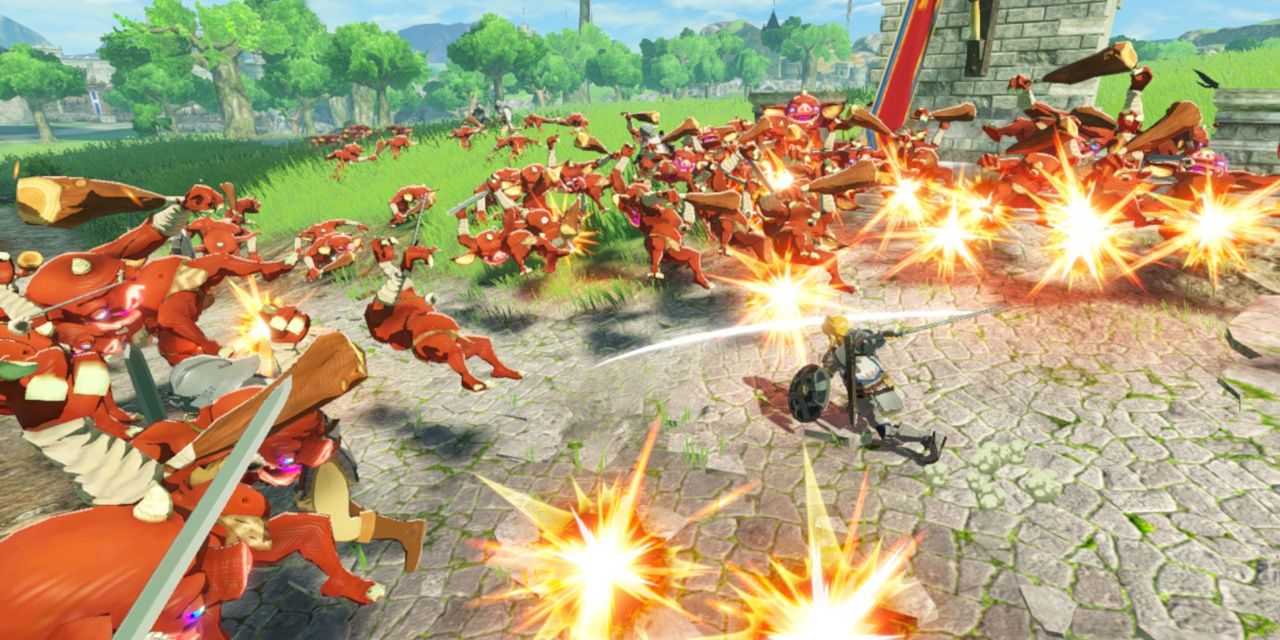I love my Nintendo Switch. Since the first day I booted up The Legend of Zelda: Breath of the Wild, I have been enamoured. I love the form factor, I love the accessories, I love the Pro Controller, and I love the games. Since launch I have taken the Nintendo Switch across the world with me, I have played hundreds of hours of multiplayer games with friends and foes alike, and I have put a criminal amount of time into JRPGs I can no longer remember any of the plot points for. This is a console I love.
It’s only natural, of course. I’m a Nintendo fan and one of ten Wii U owners, so I’ve been evangelising Nintendo hardware – regardless of how underpowered it is – for many years. After all, the quality of the games is far more important than how they might look – and even then, you’d be hard-pressed to argue that Super Mario Odyssey and Animal Crossing: New Horizons look “bad” in any way. But while Nintendo’s own games are carried by an incredibly strong art style, I’m ready for Nintendo to give us a Switch Pro, and it’s because I love the Nintendo Switch so much.
I’ve been playing Persona 5 Strikers and Bravely Default 2 recently, and they’re both brilliant games in their own respects. Persona 5 Strikers combines the slick and stylish Persona JRPG formula with action combat to great success, while Bravely Default 2 – despite being a very basic JRPG – offers all of the thrills of classics like early Final Fantasy and Dragon Quest. These are both great games to play on the Switch, and they both emphasise why we should have a Switch Pro.
For one, Persona 5 Strikers does look really lovely, but it’s hard not to notice a layer of pixel crawl along the edges of every character model. It’s difficult to look at pretty much any 3D scene without seeing some incredibly rough edges. This is mostly hidden behind gorgeous character art and dialogue boxes, but when you couple the presentation with a much lower on-screen enemy count, which is common for Omega Force’s games, the whole experience starts to feel like it is being held back slightly.
Then there’s Bravely Default 2, which is deliberately low-poly and simplistic. This works incredibly well – until you notice the framerate stutter just because you’re walking your team around the overworld. It’s a minor point, undoubtedly, but it holds the presentation back. Unreal Engine 4 is still just a little too demanding for the base Nintendo Switch model, even when rendering a fairly simplistic game such as Bravely Default 2. It’d look better and run nicer on a slightly upgraded model.
But Hyrule Warriors: Age of Calamity might’ve been the breaking point for me. While, on the whole, I was satisfied with how Age of Calamity looked and performed, there were a few moments that had me losing all faith. In one instance, I was using Zelda’s Bow of Light weapon, which has the princess floating around the stage, shooting arrows into the sky, and then raining hell down upon enemies around her. Each light arrow is bright with sparkly effects, and when it rains, it pours, and the framerate starts dying. I attempted to activate a special attack and, wouldn’t you know it, the game essentially hung in place for a full 30 seconds. Unpleasant, but not as brutal as playing that game in co-op is. When the little Switch processor is tasked with running two perspectives and characters simultaneously the number of on-screen enemies drops harshly, and the framerate drops along with it. Unlike Bravely Default 2, these aren’t minor stutters – these are potential headache material.
These are just examples from the last few months of major Nintendo Switch releases. If I look further back I can point out Wolfenstein 2’s stuttery port, Mortal Kombat 11’s sub-60fps performance, or Xenoblade Chronicles 2 running at 360p. All of these games deserve to run and look better, to make my experience better as a consumer. Nintendo may be used to running up against the limitations of the hardware it works on, but it shouldn’t have to be.
This is why the rumours surrounding the Switch Pro are so exciting. If Nintendo and Nvidia team up and create a Tegra chip based on the latest Nvidia GPU architecture and technology, it opens the doors wide for brand new ways to play. I think Ray tracing support is probably still a bit too optimistic, but DLSS – Nvidia’s in-house upscaling solution – is absolutely possible, and will make those low-resolution titles like Xenoblade Chronicles 2 look smoother and nicer than ever. Just a minor uptick in performance can easily smoothen over the performance dips in games like Bravely Default 2 and Mortal Kombat 11, in addition to giving future Nintendo games more room to stretch their legs. Super Mario 3D World + Bowser’s Fury is incredible, but Bowser’s Fury topping out at 720p while being docked on my 4K display is less than incredible. Just taking that up to 1080p will improve the experience considerably.
Nintendo can experiment with the boundaries of hardware limitations all it wants, and by now it’s proven that it’s the best at it, but it shouldn’t have to continue struggling. Let’s just get a Switch Pro in, one where Nintendo’s games can run at higher resolutions, with smoother frame rates. That way when the few third-party ports we see on Nintendo Switch make their way over, they won’t look laughable compared to the PS5 and Xbox Series S versions of the game, as Immortals: Fenyx Rising does.
Next: Switch Pro Not Coming “Anytime Soon,” According To Nintendo President
- TheGamer Originals
- Nintendo
- Switch
- Nvidia
TheGamer Guides Editor.
Am I supposed to write this in the third-person? Do you know how awkward it is talking about yourself like you’re someone else? No one would ever believe someone else has this many nice things to say about me.
Source: Read Full Article


